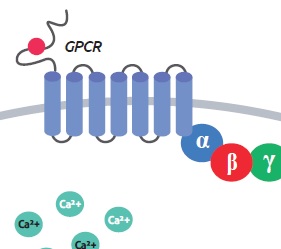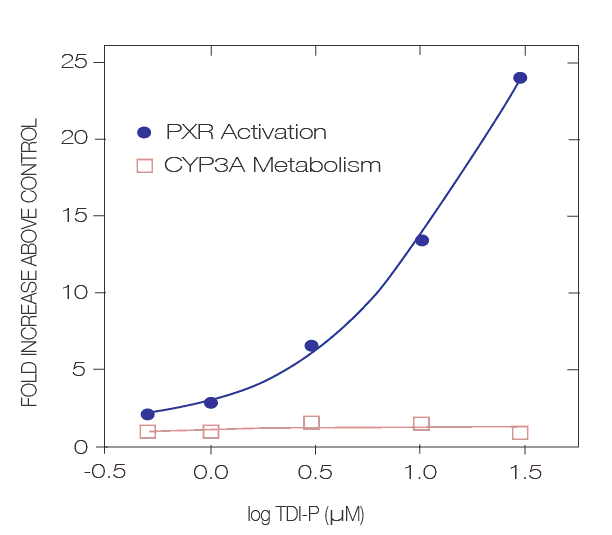Montelukast is a marketed drug used for asthma treatment and to relieve symptoms of seasonal allergies. It is known to function as a leukotriene receptor antagonist.

In a recent study in which young and old rats were treated with Montelukast, Maschallinger et al. (1) could show that the drug reduces neuroinflammation, elevates hippocampal neurogenesis and improves learning and memory in old animals. They could further demonstrate that some of these findings are mediated through an inhibitory effect on the GPR17 receptor.
GPR17 is an orphan G-protein-coupled receptor that is abundant in the CNS, and has been shown to play a key role in regulating oligodendrocyte differentiation and maturation although little has been known about the exact mechanism through which GPR17 influences myelination (2).
The most important result of their study is that cognitive function of old animals could be restored by the treatment with Montelukast. This could be shown in two different behavioral tests. While young rats have not been affected by the drug treatment, Montelukast significantly improved task learning in 20-month old rats. Non-cognitive behaviours such as anxiety-like behaviour, depression-like symptoms, exploration and locomotion as well as changes in body weight have not been affected by Montelukast treatment. Furthermore the authors found that Montelukast reduced microglia reactivity and restored hippocampal neurogenesis in old rats.
These findings might open the door for new potential pharmaceutic applications for Montelukast in treating dementia.
Modulators of GPR17

Focus Biomolecules recently released Montelukast to facilitate GPR17 related research activities. Focus Biomolecules also offer 2 more GPR17 modulators through tebu-bio.
- Montelukast: Leukotriene antagonist and GPR17 ligand
- MDL29,951: MDL29,951 is a new, highly specific, small molecule activator of GPR171 that has been shown to be active in intact cells1. The ability to specifically activate GPR17 allows for the study of the exact role GPR17 plays in the maturation of

Pranlukast oligodendrocytes and facilitates further study of this important process.
- Pranlukast: GPR17 antagonist and CysLT1 antagonist.
Interested in these modulators? Please contact us with the form below
References:
(1) J. Maschallinger et al., Structural and functional rejuvenation of the aged brain by an approved anti-asthmatic drug, Nat Commun. 6, 8466 (2015)
(2) S. Hennen et al.,Decoding signaling and function of the orphan G protein-coupled receptor GPR17 with a small-molecule agonist, Sci Signal. 6, 298 (2013)




2 Responses
I am very interested in this study. Have any trials been started in the US with older adults on Montelucast?
Pat Neebold
Dear Pat,
This study regarding learning and memory was done in animals by academic groups mainly in Austria and Germany.
To date, we do not know if a Biopharma is interested in carrying out any such trials in neurodegenerative disease. Nor do we know if enough preclinical work has been done which would even indicate that clinical trials are in order. I can only recommend you to contact directly the authors of this study and see with them if they are aware of any further studies in this area.
Best regards and Merry Christmas.
Philippe